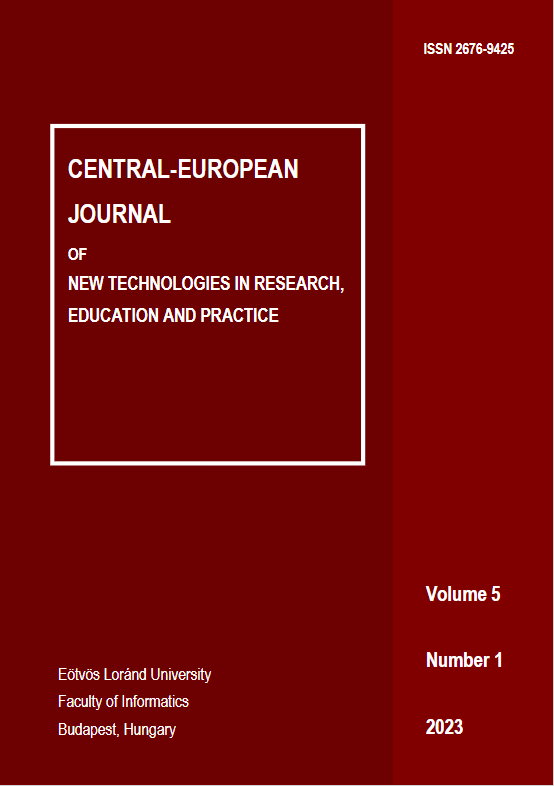Chatbot Development using APIs and Integration into the MOOC
DOI:
https://doi.org/10.36427/CEJNTREP.5.1.5041Abstract
In recent years, chatbot technologies have evolved into modern information and communication technology applications that perform many virtual tasks, including learning. One of the challenges in improving the chatbot is the insufficient knowledge base of chatbots, including education-oriented conversational agents, the challenges in connecting the chatbot with course content on Massive Open Online Course platforms. In this study, a chatbot was developed to answer questions using publicly available technologies, specifically Application Program Interfaces (APIs) that promise convenient user accessibility via APIs, such as the Facebook Messenger platform along with wit.ai API, Canvas MOOC API, and Wikipedia API.
API technologies were used to connect the chatbot to selected course content on the MOOC platform as well as to large knowledge bases such as Wikipedia to expand the knowledge base of the Conversational Agent. The course selected for the chatbot integration was on general informatics topics. Most course participants interacted with the chatbot via the Facebook Messenger platform using their handheld devices. Thus, integrating the chatbot into a widely used platform such as Facebook Messenger is a convenient and effective way for reaching learners. The API technology enabled an efficient connection between the chatbot and third-party apps, including the Messenger app, wit.ai, Canvas MOOC, and Wikipedia. This was due to the variety, richness, manipulation capabilities, and format of data that an API can transfer. In addition, the Wikipedia API seemed to be a vast source of information for expanding the chatbot's knowledge base. Not all of the queries posed to the chatbot were part of the course content. Some participants questioned the personality of the chatbot and were curious about the persona of the conversational agent. This suggests that a chatbot that has been endowed with some personality traits is stimulating and more likely to be accepted by learners.

 Copyright ©Central-European Journal of New Technologies in Research, Education and Practice, 2019-2023
Copyright ©Central-European Journal of New Technologies in Research, Education and Practice, 2019-2023